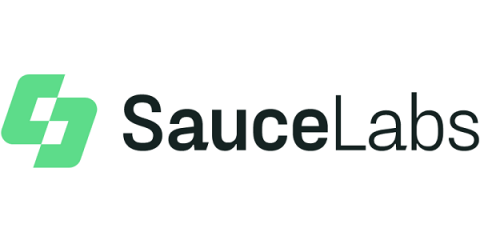Before the Pandemic, the University of South Florida Went to School on Low-Code. Now it's Paying Off, Part 1
When COVID-19 hit, college students freaked out, universities went remote, and millions of students struggled with the impersonal functionality of Zoom—even with tropical backgrounds. But more than that, the pandemic exposed the shortcomings of legacy student information systems (SIS) that stymied university efforts to limit virus spread and help anxious students cope with pandemic stress. But sometimes it takes a crisis to start a revolution.









